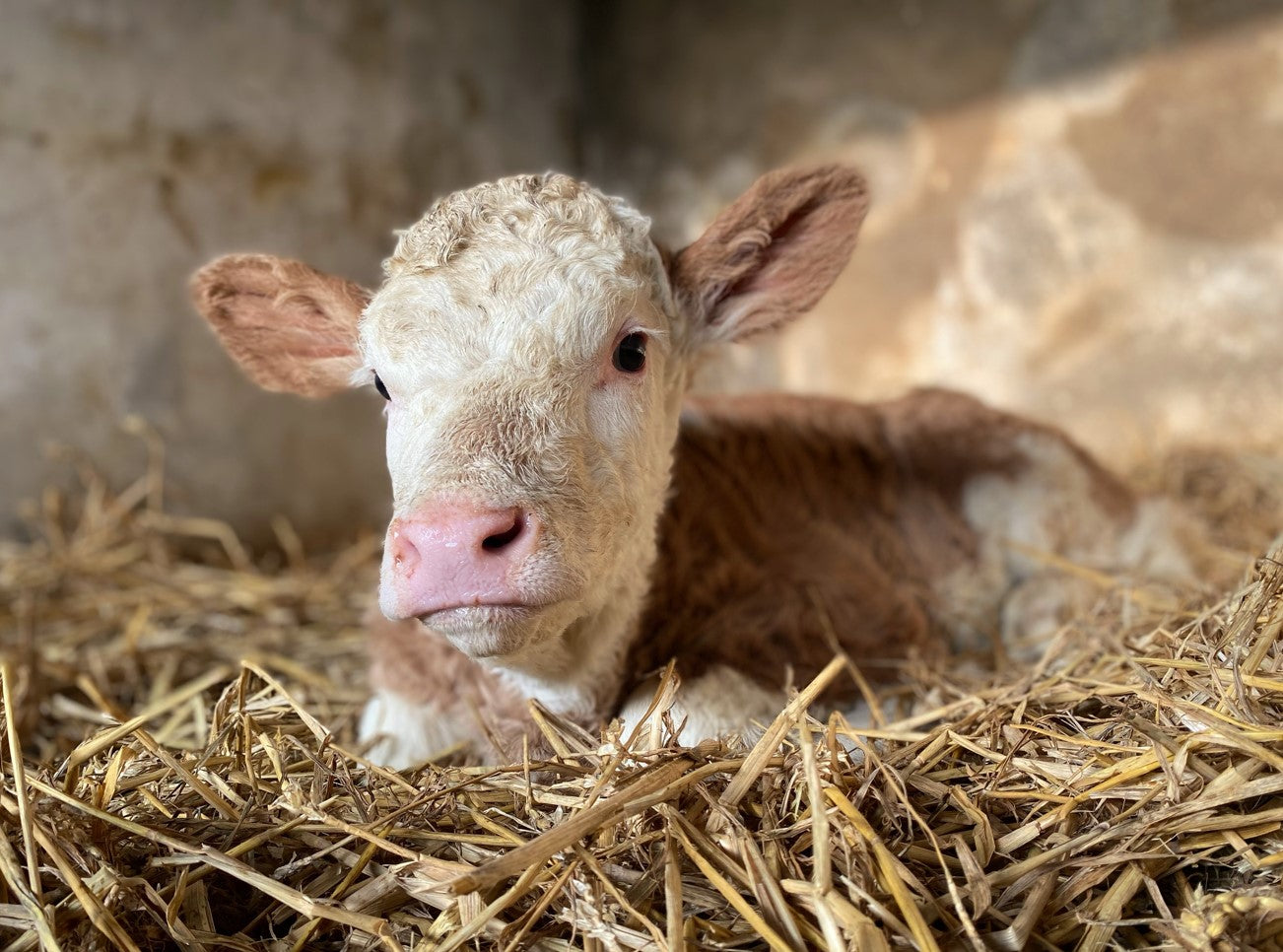By Daniel Hession – Nutritionist & Technical Manager
Dairy
- Get calves off to the best start in life by giving them 3 litres of high-quality colostrum within the first 2 hours of life.
- Feed a good quality milk replacer with a protein content of 23-26% from dairy protein sources (skim milk or concentrated whey protein) according to manufactures instructions.
- Put a grazing plan in place for the new grazing season. Try to get cows out to grass early in spring (even if only for 3-4 hours a day) as soon as condition allows.
- Ensure late calving cows receive high quality pre-calver minerals at the recommended rate. These cows tend to be forgotten about when calving is busy which causes clinical and sub clinical milk fever, manage body condition and don’t allow them to get over conditioned.
Beef
- On suckler farms, the main focus is getting live and healthy calves on the ground. Ensure cows are in target condition and have been getting pre-calver minerals for 6 weeks. This will ensure lively calves and reduce any calving problems.
- It’s time to prepare for calving – replenish the calving kit with essential supplies (jack, ropes etc) stock up on gloves, calving gel, iodine, stomach tubes etc.
- Do up a checklist of all the supplies that will be needed for the calving season and purchase in good time.
- Check that all calving equipment is working properly such as the calving jack, calving gates and cameras etc.
- SCEP surveys – the final date for submission of outstanding survey data is 15th of February.
Sheep
- It’s time to prepare for lambing season, stock up on essential items such as gloves/long arm gloves, lambing gel, lambing aid, colostrum powder, stomach tubes, iodine etc. All stock is available from your local Homeland store or on Homeland.ie.
- Ensure ewes receive adequate supplementation pre-lambing, check out our top tips on feeding ewes here https://www.homeland.ie/about-us/tips-advice/top-tips-for-feeding-ewes-pre-lambing.
- Don’t forget to complete and submit your annual sheep census data online via agfood.ie or on the app by the deadline (14th February).
Grass
- Take soil samples now before any fertiliser or slurry is spread.
- When spreading slurry target silage ground and low soil index (1&2) grazing paddocks. Apply slurry at a rate of 2000 gallons/acre.
- If applying chemical N ensure that – soil temperature are above 6 degrees and rising, land trafficability is very good and check forecasts to make sure that no heavy rainfall is expected.
- The recommended rate is 20-30 unit’s N/acre or 25-29kg N/Ha applied on land that has not received slurry.






